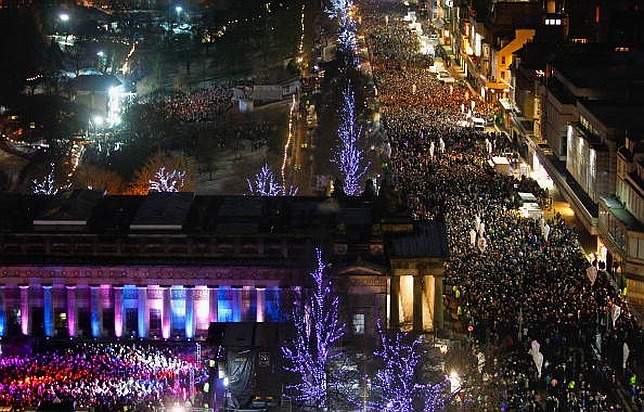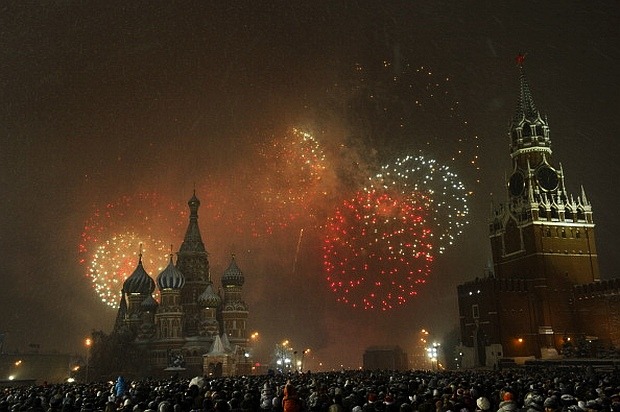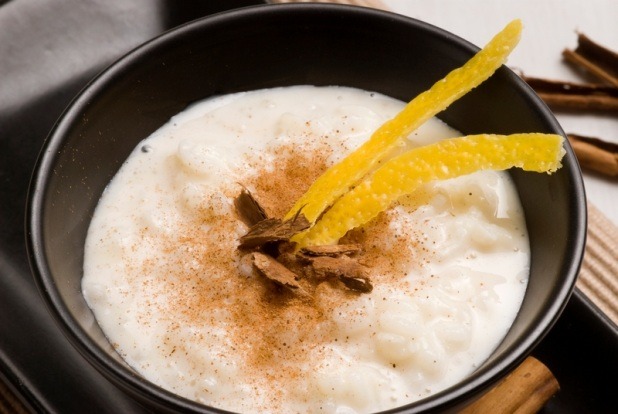15 Delicious New Year's Eve Traditions Slideshow
Spain's traditions for New Year's Eve are many, but the practice of eating 12 grapes at the stroke of midnight is the most famous; and it has spread to most Spanish and Portuguese colonies. Other celebrations and traditions include plenty of champagne or cava, family dinners with shrimp or lamb, and a traditional New Year's Day breakfast of chocolate and churros.
Argentina
New Year's Eve in Argentina is often a family affair, at least to start. Dinners start late and include vitello tonnato, stuffed turkey, roasted suckling pig, stuffed tomatoes, fruit cake, and nougat, all washed down with champagne or cider. Fireworks are the annual big finale in Argentina, as well.
Italy
Italian "Capodanno" (meaning "the head of the year") is celebrated with a traditional cotechino con lenticchie, a sausage and lentil stew that is said to bring good luck. The meal ends with chiacchiere — balls of fried dough that are rolled in honey and powdered sugar — and prosecco.
Japan
Japan has a handful of traditions surrounding the foods eaten in celebration of a new year. The traditional bento box-like osechi are filled with many small dishes that each have their own meanings. The daidai, or bitter orange, symbolizes wishes passed from one generation to the next; kazunoko, or herring roe, is a hope for children in the new year; and konbu, a type of seaweed, symbolizes joy.
Scotland
Scotland's famous Hogmanay celebrations are filled with customs. First-Footing is the tradition of gifting a bottle of whiskey to friends and family, while fireworks are a typical part of the five-day festivities in Edinburgh. Scots also traditionally bring fruitcakes, oat cakes, or shortbread to parties.
The Netherlands
Sweets play a huge role in ringing in Oud en Nieuw ("Old and New") in the Netherlands. Oliebollen (puffed pastries filled with apples, currants, and raisins) are served every year alongside apple beignets, apple turnovers, and champagne.
Mexico
Finding the hidden treasure inside the rosca de reyes, a ring-shaped cake with candied fruits, brings good luck and happiness in the coming year in Mexico. Dinners are traditionally great feasts enjoyed with family, featuring turkey with mole and salted codfish, washed down with sparkling cider. The tradition of eating 12 grapes as the clock strikes midnight is also widespread in Mexico.
Denmark
One of the best loved Danish traditions is eating kransekage, a ring-shaped marzipan cake, at midnight. Dinners are held with family and friends, with cod, cured pork, and stewed kale, as well as champagne. One of the funnier Danish traditions is the custom of tossing plates at friends' doors — if you come home to a pile of broken dishes at your door, you'll have good luck in the new year.
Russia
New Year's Eve in Russia means champagne, vodka, fireworks, and hearty meals of meat, baked fish, potatoes, peas, and sweet sugar cookies called pyraniki. The Russian Grandfather Frost (a combination of Santa and Father Time) hands out these little powdered sugar cookies to children to bestow a "sweet" year ahead.
France
New Year's celebrations in France traditionally include rich, gourmet foods like foie gras and oysters, as well as endless champagne or vin chaud. In Paris, partygoers eat little chocolate sweets called papillotes that pop open like mini fire crackers. It's also common to eat pancakes and ice cream in the morning on New Year's Day in France.
United States
The U.S. has many different traditions that vary from region to region, but one of the best known traditions from the South is the custom of eating black eyed peas, or a dish called hoppin' john, to bring good luck. Pork is very common across the U.S., as it symbolizes wealth and progress in the new year. In New England, it's paired with sauerkraut, which apparently brings added luck to the meal.
Sweden
Swedish New Year's Eve celebrations are usually special dinners and parties with friends and family. The food served is commonly a smorgasbord with the usual fixings, as well as seafood salad and pig's feet, symbolizing affluence. Swedes also traditionally hide a whole almond inside a dish of rice pudding, so that whomever discovers the nut has good luck in the new year.
Poland
Salted cod and herring, washed down with vodka, are the most common dishes eaten in Poland when the clock strikes 12, as they symbolizes long life. Other traditional dishes include sausages, hunter's stew, and fresh baked breads in animal shapes. The dessert of choice is round doughnuts, which are symbols for life coming full circle.
Austria
Austrians have been known to take their parties, and their champagne (or sekt), to the streets on New Year's Eve, when one of the most traditional dishes is roasted suckling pig for good luck. Adding to their luck, though, are the little marzipan pigs that line dinner tables.
The Philippines
In the Philippines, one important tradition is to make sure that there is food left on the table when the clock strikes midnight in the hopes that it will ensure a stocked pantry all year. Called Media Noche, celebrations include roasted suckling pig, pancit (Filipino noodles), adobo, and lots of barbecued dishes. It's also traditional to serve round fruits like papaya and oranges after dinner.
